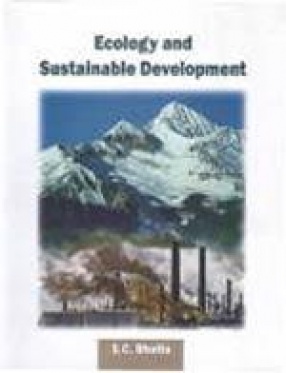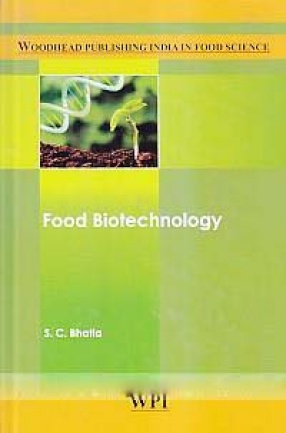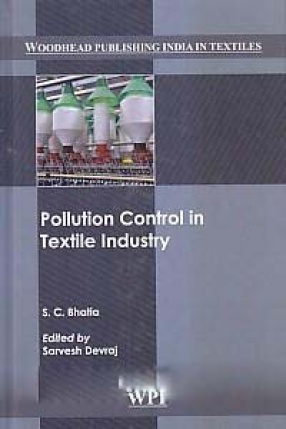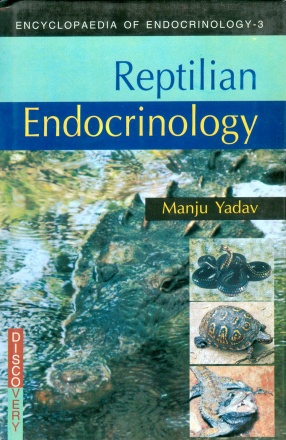Ecology is the study of organisms in relation to their surroundings called the environment of the organism. This environment is made up of different components, including other living organisms and their interrelationships, and purely physical features such as the type of climate and soil. Rapid industrial development and urbanisation taking place in all parts of the globe are adversely impacting the environment. Human activities are drastically changing the ecological balance of practically every component of the environment, namely atmosphere, hydrosphere, lithosphere and biosphere. Efforts are underway on a global level for environmental management, identifying environmental concerns and planning strategies suitable for a particular nation. This comprehensive textbook presents the significant concepts of modern ecology in an easy-to-understand manner. It exposes the reader to different frontiers of ecology and evolution through a critical analysis of different eco-compartments. The first volume of the textbook Ecology and Sustainable Development is divided into four sections. Section I deals with basic concepts of ecosystems which can be defined as functional units of ecology where the biotic and abiotic factors interact with each other. Section II focuses on community and ecology and covers pertinent topics like community dynamics/ecology succession; ecosystem ecology; energy flow in ecosystem and various atmospheric and nutrient cycles; biotic diversity and community stability; interface between climate and vegetation; and resource acquisition and allocation. Section III deals with population and includes topics such as population ecology and population dynamics; interactions between population; and population growth and its consequences. Section IV deals with biological diversity, a term encompassing a variety of organisms at all levels–from genetic variants belonging to the same species–to species diversity including the variety of ecosystems. The conservation of biodiversity includes the preservation of genetic variation, the diversity of species and population and also life support properties of ecosystem. The second volume of the textbook Ecology and Sustainable Development is divided into four sections. Section I focuses on threats to ecology and includes pertinent topics like toxicology and ecotoxicology; extinction of certain species; habitat destruction, fragmentation and degradation; and disease and overexploitation. Section II deals with conservation biology which has emerged during the last ten years as a major new synthetic discipline addressing the problem of alarming loss of biological diversity throughout the world. It represents a fusion of theory, basic research, applied research and public education that is evolving in the present times. Section III focuses on restorations of dry grasslands, heathlands, natural mire, ecosystems, forests, rivers, flood plains and freshwater biomes like lakes, marshes and catchment areas. Section IV deals with ecology and greening of eco-systems, suggesting a combination of industrial ecology and structural economics, which can be used to provide a realistic basis for pollution reduction. The book will be highly useful to the students of undergraduate, graduate and postgraduate courses in ecology, environmental biology, environmental sciences, life sciences, botany, zoology, forestry , agriculture, toxicology and to those working in these fields.
Food Biotechnology
$173.70
$193.00








There are no reviews yet.